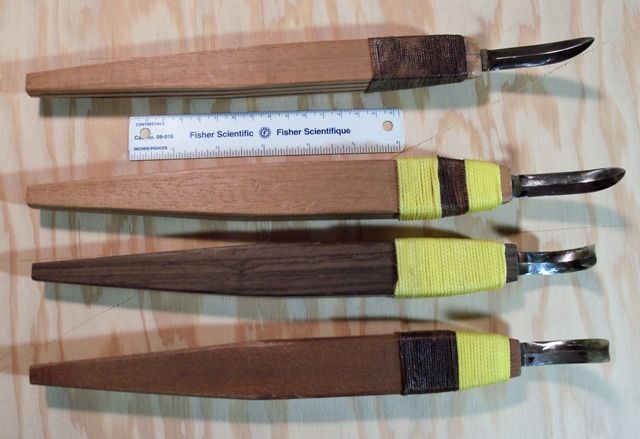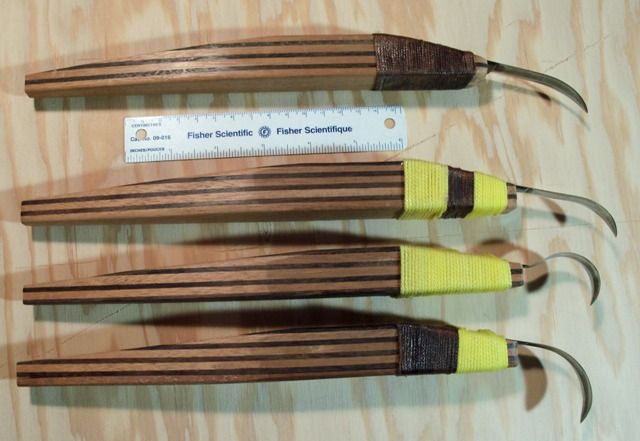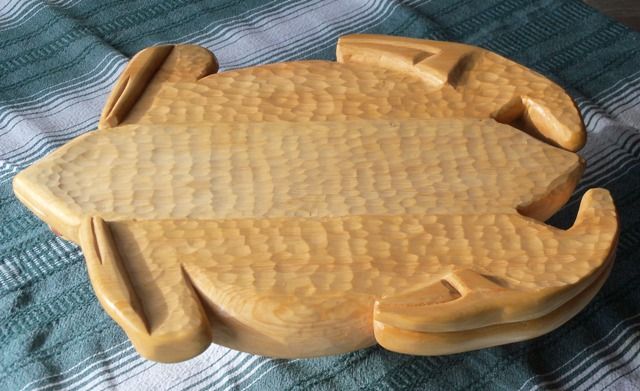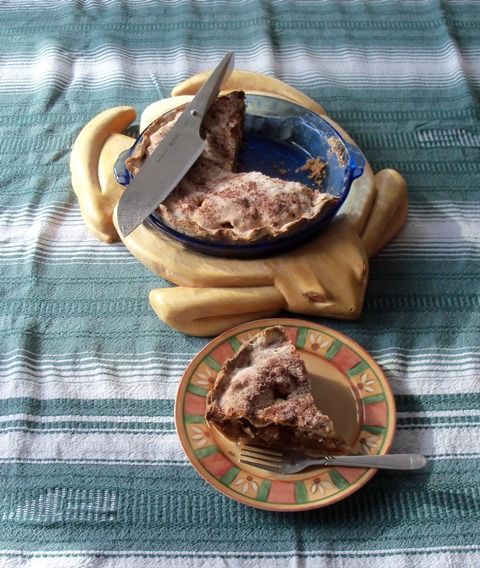I buy the blades and make up all the wood work. Adzes are birch, planer knives are 18" dog-leg diamond willow.
The adze blades come in several sizes and straight, lip or gutter profiles.
There are both straight at about 20 degrees, meant more for finishing than rougher shaping.
The elbow adze has a pegged head at 55 degrees. The upper change from yellow to black
whipping is the Holm Constant = a marked position for the placement of the carver's index finger in the grip.
The D adze is more common along the south coast. I can chip less than 1/16" or push it like a plane.
The grip area is 7/8" for my hand size (Kestrel Constant) and the head-tail hand hold is not symmertical.
I carved the snail to remind me of my carving speed.
The planer knives are my designs, meant for smoothing froe-split western red cedar planks.
Nothing really more than an overgrown PacNW crooked knife. In a past life, the blades were
Mora #188 Equus hook farrier's knives, bevels revised and refined to 12 degrees.
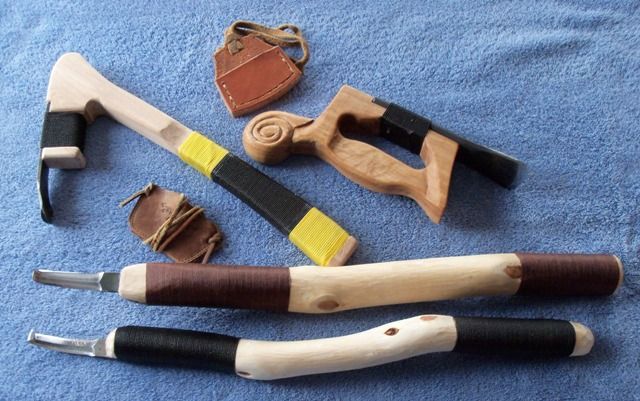
The adze blades come in several sizes and straight, lip or gutter profiles.
There are both straight at about 20 degrees, meant more for finishing than rougher shaping.
The elbow adze has a pegged head at 55 degrees. The upper change from yellow to black
whipping is the Holm Constant = a marked position for the placement of the carver's index finger in the grip.
The D adze is more common along the south coast. I can chip less than 1/16" or push it like a plane.
The grip area is 7/8" for my hand size (Kestrel Constant) and the head-tail hand hold is not symmertical.
I carved the snail to remind me of my carving speed.
The planer knives are my designs, meant for smoothing froe-split western red cedar planks.
Nothing really more than an overgrown PacNW crooked knife. In a past life, the blades were
Mora #188 Equus hook farrier's knives, bevels revised and refined to 12 degrees.


